The Sunset Of The Age Of Austerity
London was the frontline of the avant-garde party atmosphere of the 1960s. Colorfully groovy fashion trends, radical music, unbridled sex, and recreational drug use were rampant. Read on to learn how the ‘Swinging Sixties’ brought a huge post-war revolution that Londoners enthusiastically embraced…
From March 1941 to September 1945, the United States provided aid to its allies, including the United Kingdom, during World War II. The non-repayable lending was assigned under an act informally referred to as the Lend-Lease policy. In exchange, allies provided lease access to their foreign military bases.
After the War, when the Lend-Lease ended, the UK was nearly bankrupt. Wartime rationing and shortages continued. Even additional free aid from the US, under the Marshall Plan, wasn’t enough to combat the crisis they were facing. The years it took the UK to recover were known as the Age of Austerity. This era of resource conservation finally came to a close at the end of the 1950s.

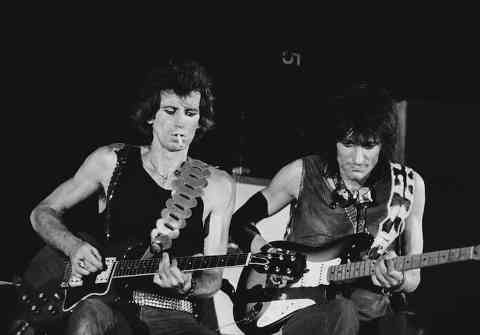
Sex, Drugs, And Rock ‘N Roll
The youth of 1960s England put all that worry behind them. As the country once again began to prosper, they were ready to party. Their bright outlook represented an overall attitude shift that was sweeping across the country.
Gone were the stodgy and sedate mores of past generations. The Swinging Sixties brought an unleashed sexual and cultural enlightenment that was ready to run wild. British youth were flouting the rules and having a lot of fun doing it.
No city was more on-board with this transformation than London. The Union Jack’s popularity in fashion and the British Invasion of music might have been in full swing in the US, but the epicenter of groovy was London. It was the place to be seen for anybody who was anyone, especially models and rock icons. From the Beatles and Twiggy to Diana Rigg’s portrayal of Emma Peel in The Avengers television series, London’s national treasures were fashion trendsetters for the rest of the world.
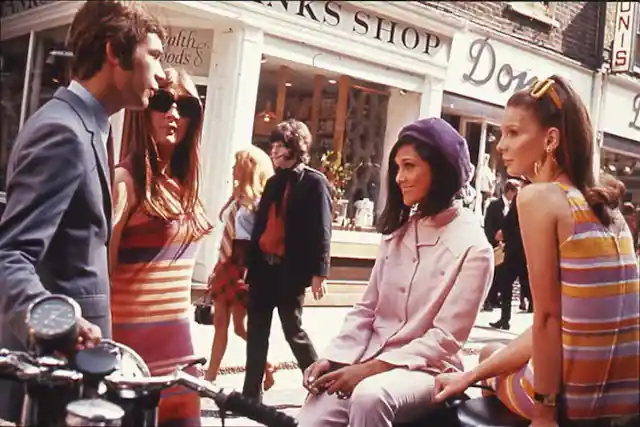

To Think That I Saw It On Carnaby Street
Located at the heart of London’s West End, Carnaby Street customers were searching for creative, vibrant clothing offers that were less posh and expensive than those found on King’s Road. The unremarkable Soho backstreet was derided as inferior and only for the working class. In fact, Carnaby regulars included many famous musicians, models, and actors. Time magazine even featured Carnaby in their 1966 special issue.
Shoppers searched for ways to adopt the mannerisms and trailblazing fashion sense of sharp-dressed celebrities and music idols. Consequently, psychedelic and tribal patterns, bright tie-dye splashes, go-go boots, and very short mini-skirts dominated 1960s fashion. Carnaby wasn’t just home to trendy clothes and hip people – several area spectacles also drew national attention.
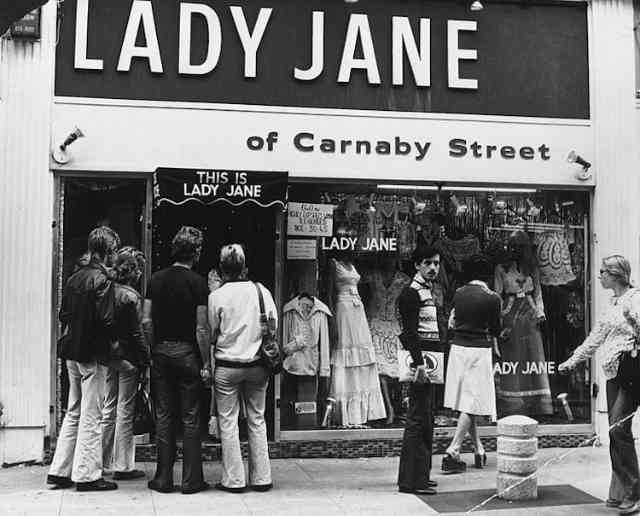
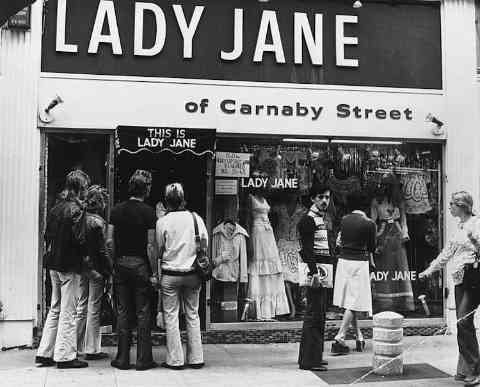
If You Flaunt It, They Will Come
Clever marketers Henry Moss and Harry Fox made front-page news when they were arrested in 1966 for highway obstruction. Owners of the newly opened Lady Jane boutique hosted a three-day live model show in their storefront window display. The dressing and undressing models literally stopped traffic, drawing a spectator mob large enough to block thoroughfare access. The £2 fine the court assigned was far less than the resulting publicity and sales the stunt accomplished. In 2019, a dedicatory plaque from Westminster City Council was unveiled at the boutique, acknowledging Lady Jane’s historical and iconic contribution.
Irvine Sellar, the owner of another new boutique named Tom Cat, created a different spectacle that same year. Sellar hired Welsh singer Tom Jones and Casino Royal extra Christine Spooner to promote the store’s opening. Jones and Spooner stunned crowds when the duo walked down Carnaby Street arm-in-arm with a leashed cheetah.
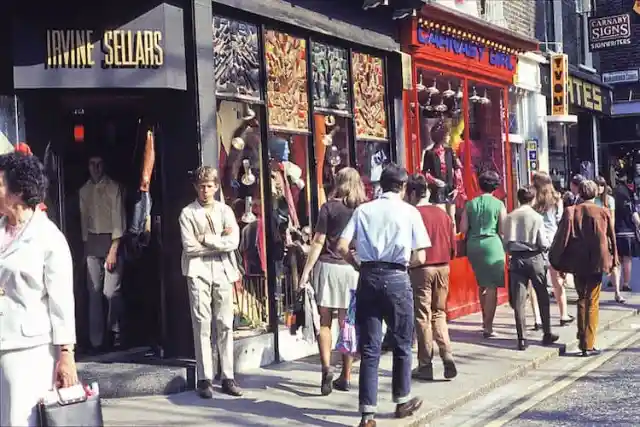

There’s One Thing That He Loves And That Is Flattery
Carnaby Street fashion denizens were immortalized in a Kinks song called “Dedicated Followers of Fashion.” Songwriter Ray Davies penned the song lyrics in a calculatedly derisive style, particularly with his reference to the “Carnabethian Army.” Even so, fellow bandmate and drummer, Mick Avory, wasn’t dissuaded from modeling for the King of Carnaby Street, John Stephen.
To The Future, And Beyond
Bell-bottom pants and tie-dye clothing continue to fall in and out of fashion. Medical advisers now tout healthier approaches to sexual relations and drug use. One day, forgotten lyrics may mean no more sing-alongs to catchy tunes from the Fab Four. But there’s no denying London’s Swinging Sixties had a pervasive and enduring impact on culture around the world.